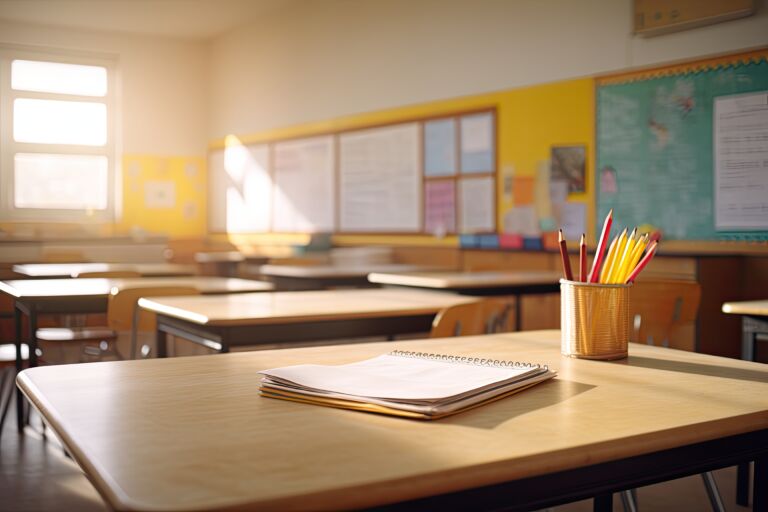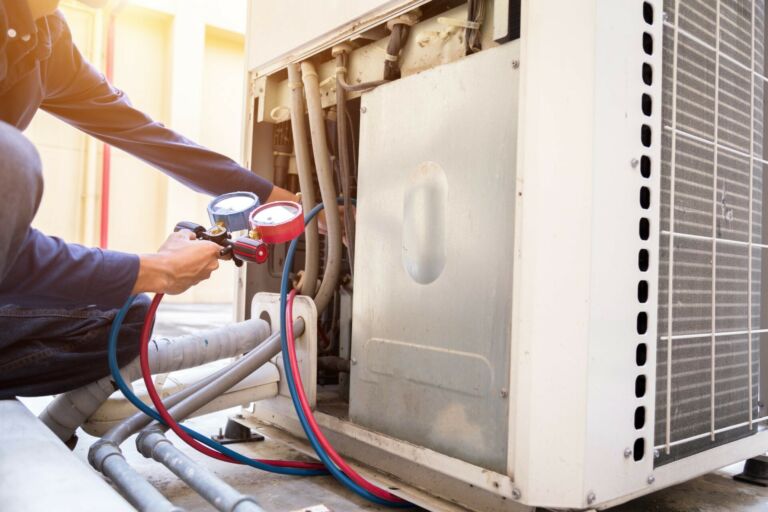Like many other states, the North Carolina has received a lot of money from the federal government to address the impacts of the corona virus pandemic. At last count, North Carolina school districts had spent $5.1 billion of the $6.2 billion in relief they have received since 2020.
Federal spending requirements tell us where the money was spent and how much. However, current requirements tell us little as to whether those monies have had any impact on learning or reversing learning loss.
I’ve written much in recent years about this problem and about how states and school districts have squandered funds targeted for covid relief (see here, here and here).
One of the obvious follow-up questions to this discussion has always been: Are there states or districts that are doing a good job of tracking funds and assessing the effectiveness of covid dollars for the public schools? The answer is yes. The Saint Paul, Minnesota school district has provided districts across the nation a roadmap to do just that.
The education website, The 74 Million recently wrote about the district’s revolutionary and successful efforts:
Earlier this year, St. Paul Public Schools drew national recognition for transparency in deciding how its pandemic relief funds are used. Now, as the last of that unprecedented influx of federal dollars is being spent, the district is inviting the public to help determine how well the money was invested – and decide which efforts to fund in the next budget. Four of ten seats on a new finance advisory committee will be filled by community members, starting in a few weeks – the first time the public has been given a formal role in fiscal oversight. To recruit new voices, priority will be given to people who have not previously volunteered with district governance but have ties to schools and some knowledge of finance. These school board members and three district executives, including Superintendent Joe Gothard, will round out the committee.
Transparency, citizen participation, and assessing the effectiveness of programs? Sadly, these are ideas are all too foreign to many school districts in North Carolina. According to the latest data from the Department of Public Instruction, 52 percent of covid funds were spent on salaries and benefits, 22 percent on Supplies and Materials, 11 percent on Capital Outlay, and the other 15 percent on purchased services and “other” expenses.
What is happening with all this money? That’s a subject North Carolina school districts should be willing to address. They can begin by not only looking at what St. Paul Public Schools is doing but also realizing it’s working.
To find out more about the St. Paul Public Schools and what they are doing to ensure funds are spent wisely see here and here.


